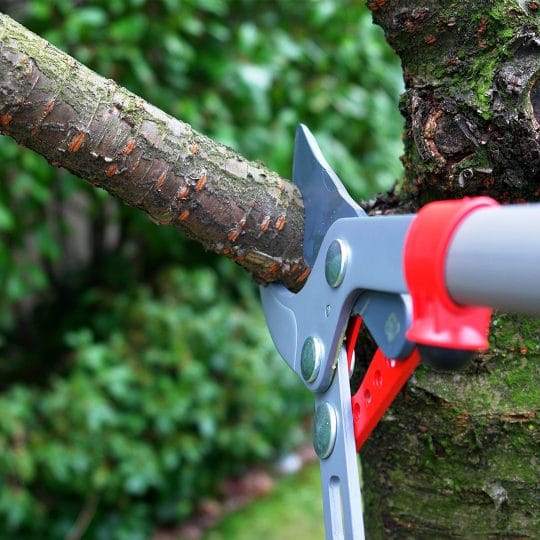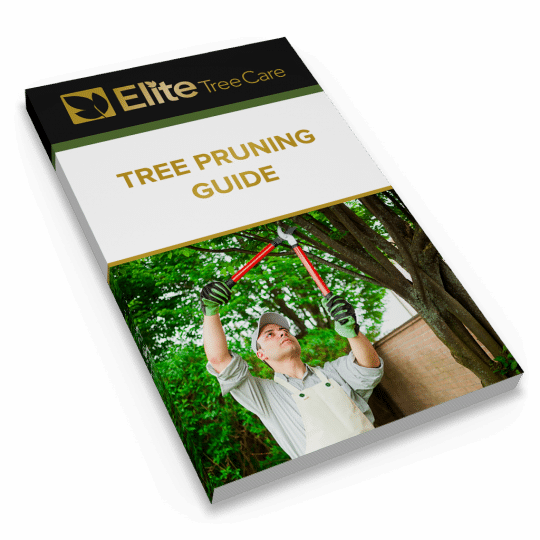Tree Trimming Tips
What to do & not to do
Posted
February 15, 2018

Tree trimming takes more thought than you might think. There’s a lot to consider before taking clippers to branches or a chainsaw to a trunk. Keep this list of dos and don’ts in mind next time you’re examining your yard.
Tree Trimming Dos
- Prune trees that are overgrown and creating an unsightly statement in your yard.
- Dead, diseased, and broken branches should be trimmed.
- Prune parts of trees that could cause safety concerns in your yard.
- Fully assess your trees and the surrounding area after a storm to see if there is pruning or cleanup needed.
- If a tree has fallen, is severely leaning, or is in another compromising condition, call in professionals to prune or remove the tree.
- Ask an arborist or tree care company if they prune according to the current standards (ANSI A300). This standard dictates whether the use of certain tools, techniques, and pruning methods are followed.
Tree Trimming Don’ts
- Prune without a good reason.
- Prune if you don’t know what you’re doing. Poor pruning can cause damage that lasts for the life of the tree.
- Remove more than 25 percent of foliage during a growing season.
- Prune a newly planted tree for the first year, unless you’re removing dead or broken branches.
- Prune within 10 feet of a utility conductor—leave it to the pros.
- Leave branch stubs, or cut off the branch collar. Make a clean cut so that the tree can recover.
The best thing you can do for yourself and your trees is to call a professional tree care service to ensure proper trimming. Contact Elite Tree Care at 610-935-2279 today for more information.

Download Your FREE Tree Pruning Guide
Learn how, when, and how much to trim or prune your trees to maximize their health and beauty. This guide covers the factors that go into tree trimming (pruning) and will help you make a more informed decision about hiring a professional tree service.